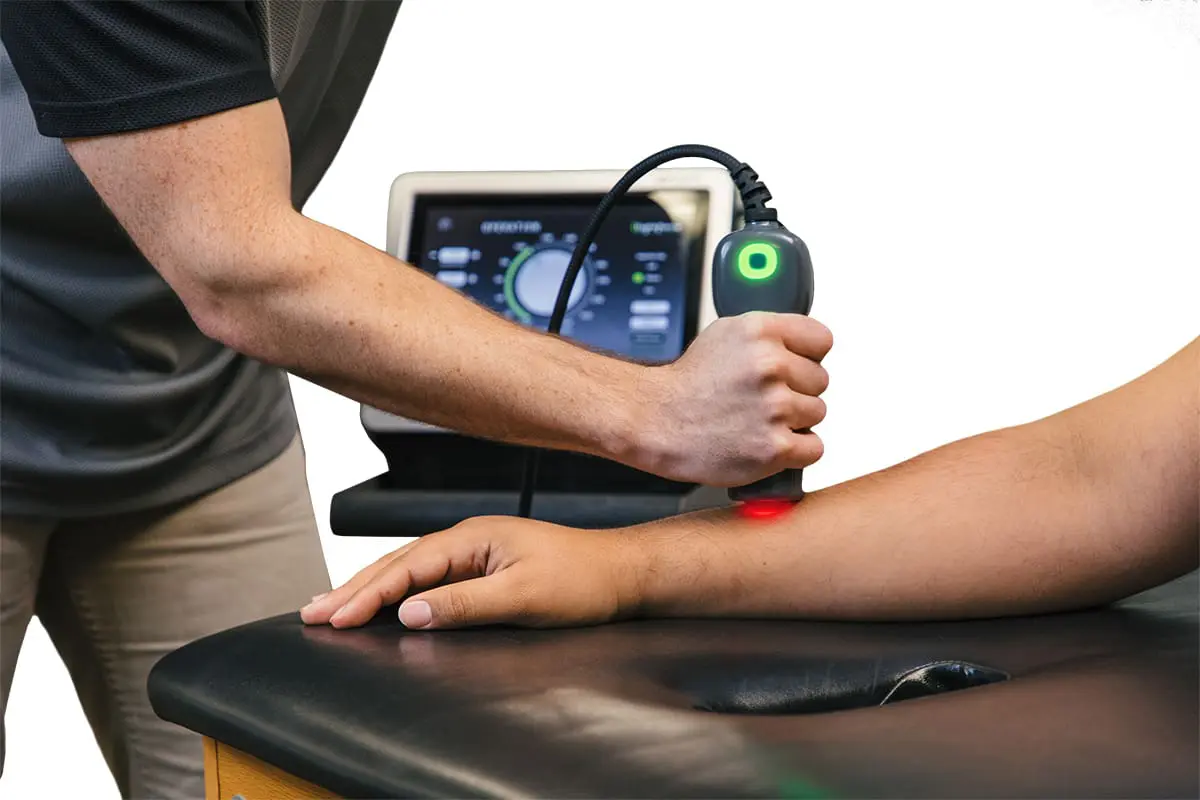Intricacies of Dose in Laser Phototherapy for Tissue Repair and Pain Relief
Inaccurate measurement and incorrect reporting of dosages are major shortcomings of phototherapy articles. As many as 30% of published reports in the field either lack relevant information needed to determine a dosage or report dosages that are altogether inaccurate. The high prevalence of dosage-related mistakes in published reports suggests that dosage determination errors are common among clinicians and other end-users. This special article is designed to advance understanding of the relevant parameters used in phototherapy for tissue repair and pain relief, particularly among clinicians and others who may not be completely familiar with the technology. I define and discuss five key parameters that influence dosage, including 1) radiant power, 2) radiant energy, 3) power density, 4) energy density, and 5) wavelength, and use hypothetical cases to demonstrate how factors such as beam spot size, size of lesion, mode of treatment (contact, noncontact, or scanning), frequency of treatment, dose per treatment, and cumulative dose affect dosages and treatment outcomes. The potential effects of patient-related factors, such as etiology, pathology, tissue optical density, depth of target tissue, and skin pigmentation are discussed concurrently and strategies are suggested to improve dosage determination.
Published: Photomedicine and Laser Surgery, Volume: 27 Issue 3: July 1, 2009

Comments